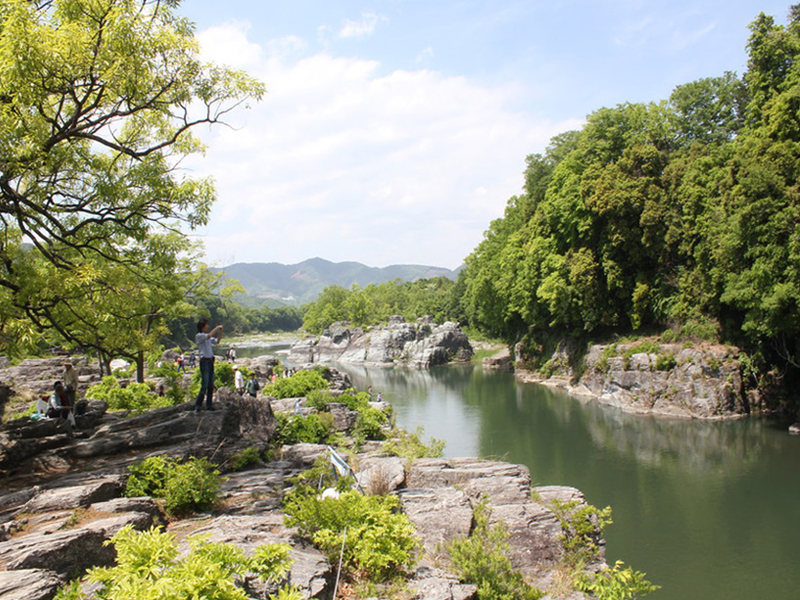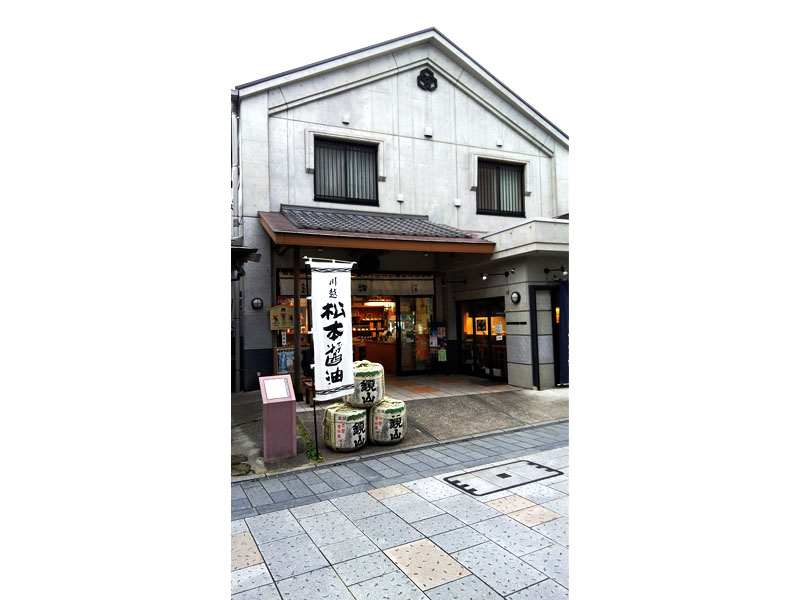Bushu Nakajima Konya
sightseeing
You can experience indigo dyeing, choosing between a handkerchief or bringing in a small item of your own! Dyeing experience participants are also free to visit the adjoined archive museum.
Basic Information
Location
Saitama Prefecture Hanyu Komatsu 223
TEL
048-561-3358
FAX
048-561-3318
Home page
Facilities
Able to deal with 1 to 100 people
Event Information
There are seasonal events that take place at Gyōda's Kofun Park and Hanyū's Lake Park.
Business hours / Fee
Business hours
9:00 ~ 16:00
Regular holiday
Saturday, Sunday, Holidays/Closed during the winter and summer
Fee
Indigo Tie Dye Experience from 1,000 yen
How to get there
Public transport
5 minutes via taxi from “Hanyū” Station of Tobu Skytree Line
Parking
Bus 10 spaces Regular Cars 20 spaces
Other
Foreign language support
English
Universal design
Wheelchair entry
〇













